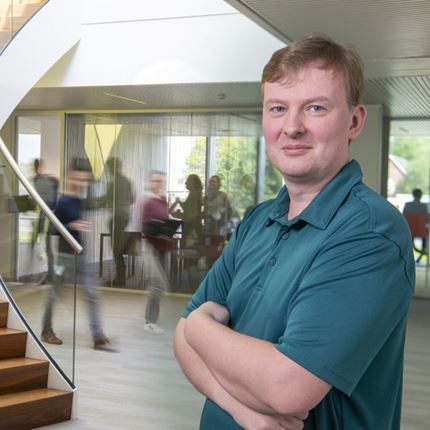
An educational “why” experience
David Huygens - March 17, 2020

Experience is what you get when you didn’t get what you wanted. I learned that lesson the hard way as a junior consultant, fresh out of university.
One day, a bunch of specifications for a planning solver landed on my desk. Basically, a solver is an automated resolution of a given problem, in this case a particular supply chain planning challenge. In my enthusiasm as a junior, I was more than happy with these specifications and immediately began writing the required mathematical model. Of course, that involved a lot of x’s and y’s, the fundamentals of math vocabulary.
Horrified by the solver’s impact
 A few weeks later, I demonstrated the result to the customer for whom it was meant. I was proud because the model acted exactly as prescribed, producing a great master plan that optimizes bucket volumes while reducing setup costs. Or that’s what I thought.
A few weeks later, I demonstrated the result to the customer for whom it was meant. I was proud because the model acted exactly as prescribed, producing a great master plan that optimizes bucket volumes while reducing setup costs. Or that’s what I thought.
To my surprise, my customer was a little bit horrified when he spotted the impact on his inventory positions. Safety stocks were shrinking back, producing a high risk on stockouts. He asked me to undo all my work and forget about reducing the setup costs. Which made me ask the most important question: why? Why had he specified reducing setup costs in the first place?
Avoiding misunderstandings
It turned out to be a misunderstanding: setup reduction was an execution-level requirement, but it was largely irrelevant at master planning level where safety stocks were of greater importance for my customer.
Lesson learned: I had failed to ask the crucial why? questions before beginning to develop. It’s never happened again since that day. I now always put the why’s before the y’s.
Want to learn more about OMP optimization?

David Huygens
Senior Product Manager at OMP BE
Biography
With 20 years of experience at OMP, David is a Senior Product Manager in the planning cycle team, focusing on optimizing our planning solutions and adding value for our customers in a variety of industries.





